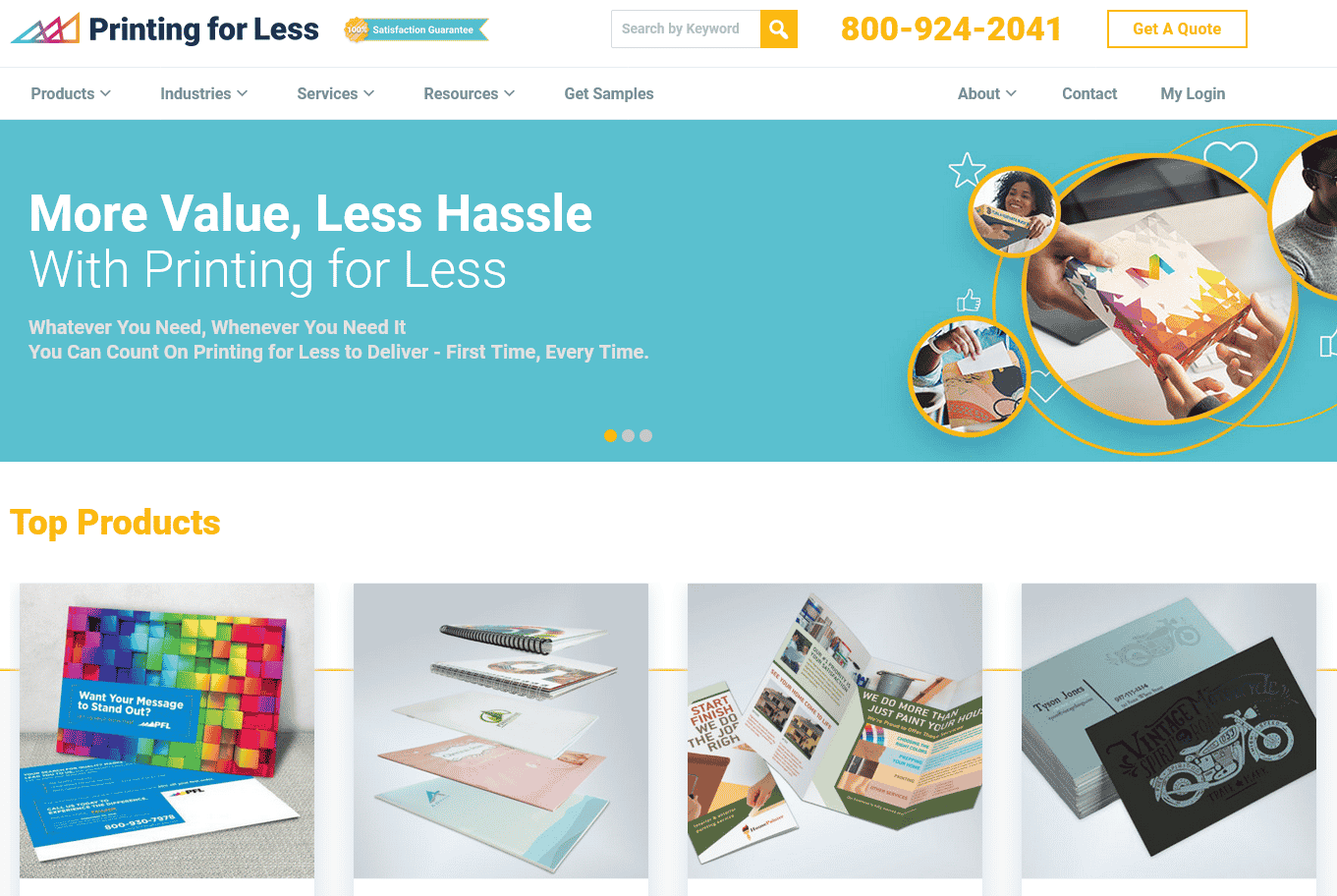

- POST PRINT PACKING SLIP AX2012 HOW TO
- POST PRINT PACKING SLIP AX2012 ZIP FILE
- POST PRINT PACKING SLIP AX2012 ARCHIVE
- POST PRINT PACKING SLIP AX2012 SOFTWARE
For more information on how to import data into Dynamics 365 Finance and Operations see this post. This will load the print management settings into the target environment. Then you can import this XML file into an environment using the same entity inside an import data project in the target environment.
POST PRINT PACKING SLIP AX2012 ZIP FILE
Extract the zip file and save the XML file containing the print management settings. Then export the data and download the zip file. Using the data management framework, you can select the “Docentric Print Management Settings” entity in an export project and select “XML-Element” as the “Source data format”.
POST PRINT PACKING SLIP AX2012 SOFTWARE
Unfortunately Microsoft does not have a standard data entity to export and import the data but there is a 3 rd party ISV solution called Docentic that offers a free version of their software that does come with a data entity that can be used to export print management settings in one environment and import them into another. We will discuss how you can set this up in the next section.ĭuring an implementation of Dynamics 365 Finance and Operations you might notice that when an environment is refreshed with data from another environment, the print management settings do not carry over and the print management settings have to be reconfigured. The email is triggered at the time the business document is posted.
POST PRINT PACKING SLIP AX2012 ARCHIVE
Print archive – This option will save the document in the D365 print archive which documents the date, time, origin and other relevant metadata related to the time the document was generated.PackingSlipIds = packingSlipIds + ", " + custPackingSlipTrans.PackingSlipId


PackingSlipIds = custPackingSlipTrans.PackingSlipId & inventTrans.InvoiceId = _custInvoiceJour.InvoiceId & inventTrans.PackingSlipId = custPackingSlipTrans.PackingSlipId Where inventTrans.InventTransOrigin = inventTransOrigin.RecId Where inventTransOrigin.InventTransId = custPackingSlipTrans.InventTransId Where custPackingSlipTrans.InventTransId = custInvoiceTransPS.InventTransId Join custPackingSlipTrans group by custPackingSlipTrans.PackingSlipId & custInvoiceTransPS.InvoiceDate = _custInvoiceJour.InvoiceDate & custInvoiceTransPS.InvoiceId = _custInvoiceJour.InvoiceId Where custInvoiceTransPS.SalesId = _custInvoiceJour.SalesId Finally, i was able to find a way to find Delivery notes against Sales invoice.īelow is the code snippets of how you can get Delivery Notes or Packing Slip IDs against a Sales Invoice and prints on the Sales invoice print out

Since, there are multiple Packing Slips against the same Sales Invoice and there is no direct relation between Sales invoice related tables and Packing slip related so i had to scratch my head and explored relations in Inventory transactions related tables because in both sales invoice and packing slip transactions, inventory transactions are impacted. You would go through the module-level settings for. Coarse-grained settings: you apply them to all the documents of certain type, for example all Sales Invoice reports. Module-level D365FO Print Management settings allow us to specify the coarse-grained and medium-grained settings. Recently, i had a requirement where Delivery Notes or Packing Slip IDs were required to be displayed in the Sales invoice print out. When to use the module-level D365FO Print Management settings.


 0 kommentar(er)
0 kommentar(er)
